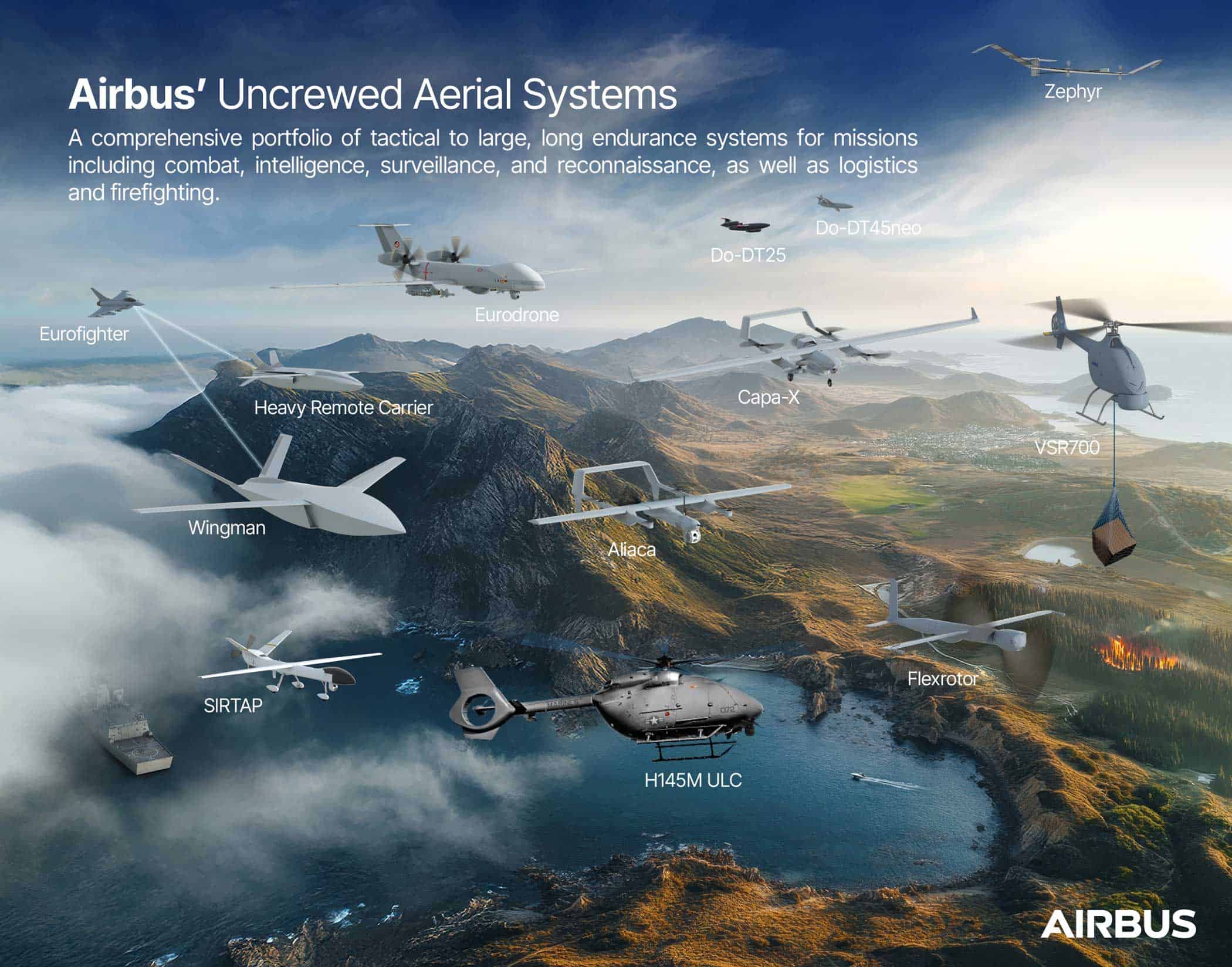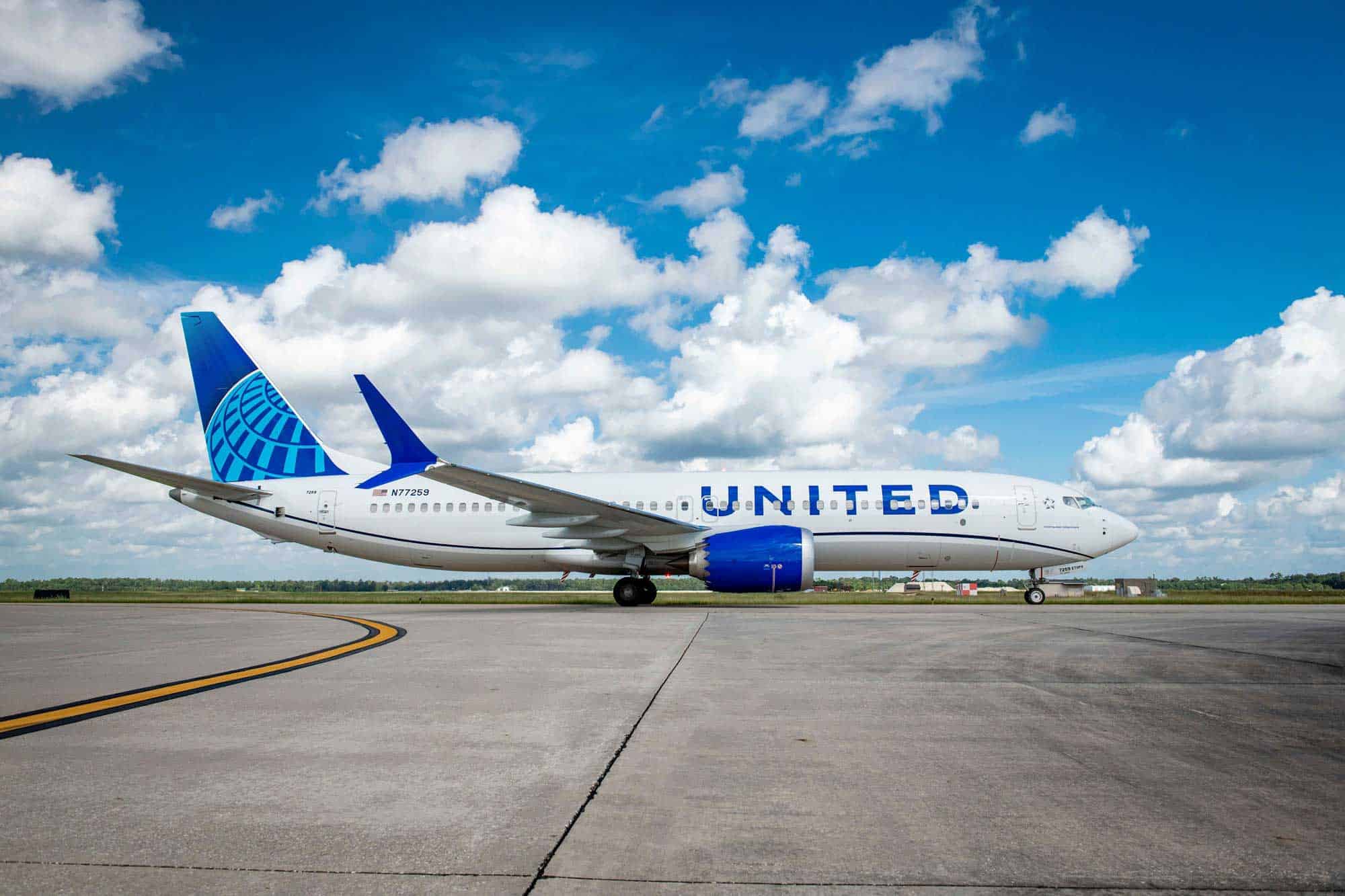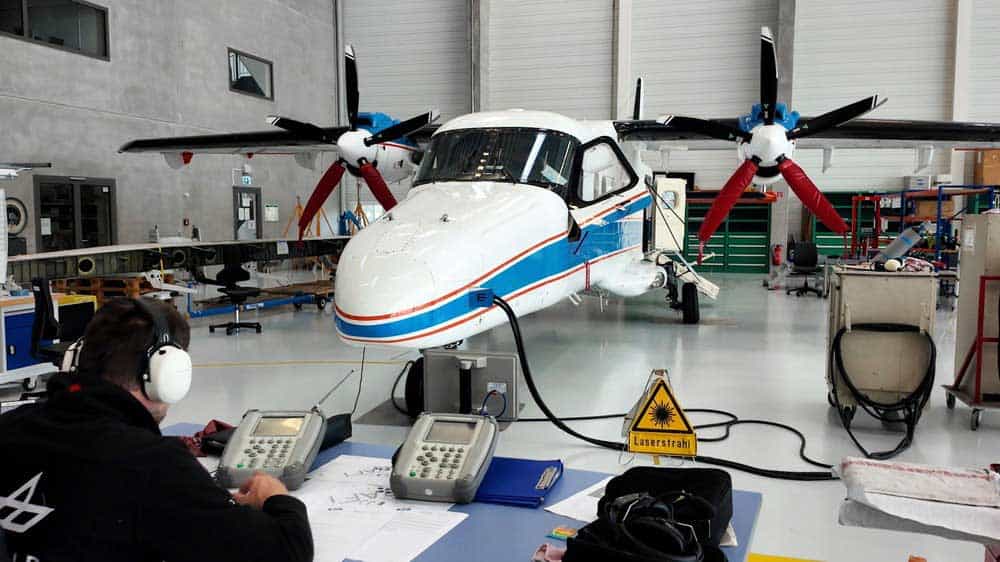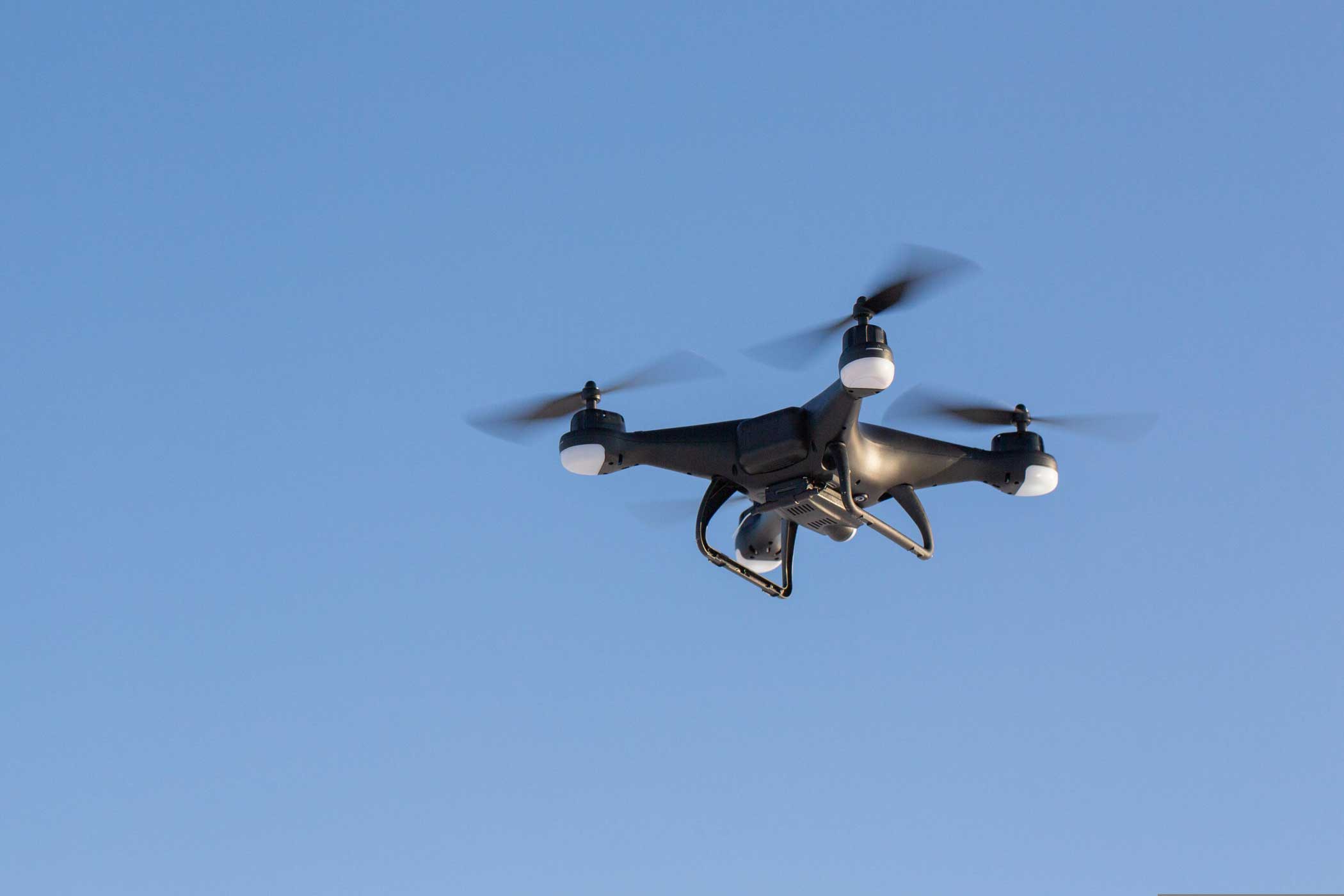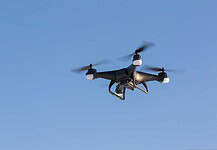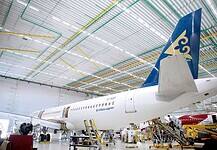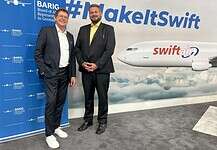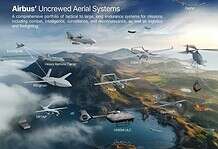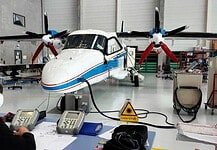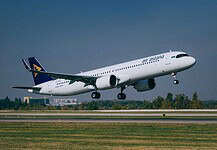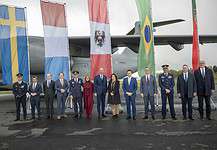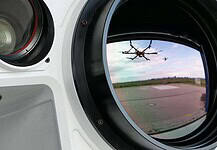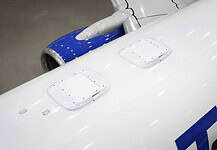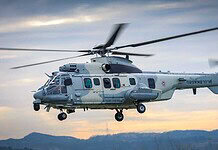This site is also available on:
Deutsch
Germany‘s decision to significantly increase its defense capabilities by ordering 20 new Eurofighter fighter jets sends a clear signal for the future of air defense in Europe. Airbus will produce these multi-role combat aircraft at its final assembly plant in Manching near Munich. The first of the new aircraft is expected in 2031, with delivery of the last unit planned for 2034. This fleet expansion reflects the strategic importance of the Eurofighter for the German Air Force and the NATO alliance. In addition to its military significance, the program is also gaining importance in the areas of technological innovation and economic stability. Germany is thus pursuing the goal of strengthening its air surveillance capabilities and sustainably consolidating Europe’s security architecture.
Strategic importance of the Eurofighter for Germany and Europe
The Eurofighter has been a mainstay of European air defense strategy for years and plays a key role for the German Air Force. Michael Schöllhorn, CEO of Airbus Defence and Space, emphasizes the importance of this new order as a sign of the Eurofighter’s continued relevance within NATO and for Germany’s alliance capabilities. The expansion of the fleet will significantly improve the ability to effectively protect German airspace and NATO territory. Strong air defense is essential, especially in a geopolitically unstable environment. Integration into the Future Combat Air System (FCAS) also ensures a technological bridge to the future generation of combat aircraft, positioning the Eurofighter not only as a powerful aircraft of the present, but also as part of a long-term concept. This networking of various manned and unmanned systems promises even greater flexibility and operational capability for the air force.
The FCAS is scheduled to be operational by 2040 and represents an innovative milestone in the coordination of modern air force fleets. The seamless integration of the Eurofighter into this system ensures that the aircraft will continue to play a key role in air superiority in the coming decade. This enables Germany to combine cutting-edge defense technologies with proven combat technology, ensuring a strong and reliable security partnership within Europe.
Technological upgrade and modern capabilities of the Eurofighter
Airbus is equipping the new Eurofighters with innovative sensor systems that guarantee a significant improvement in surveillance and combat capabilities. A prominent feature is the E-Scan electronic radar, which enables detailed and rapid detection of aerial targets. Furthermore, electronic warfare capability will be integrated into the entire German Eurofighter fleet. The Saab Arexis sensor system used for this purpose is installed in both existing and new aircraft and expands the mission profile with important electronic countermeasures and detection technologies.
These modernizations significantly expand the Eurofighter’s already versatile operational spectrum. They not only enable precise strikes but also provide protection against enemy electronic jamming. This makes the Eurofighter a highly flexible instrument capable of responding to a wide range of threats and ensuring air superiority even under complex conditions. These technical innovations provide crucial support for the development of a networked air combat system architecture.
In addition to the pure technology, production also takes a highly economic perspective. Final assembly in Manching near Munich ensures that Germany maintains high added value and technological sovereignty in the defense sector. This also contributes to securing numerous jobs that are of great importance for the region’s economic stability.
Economic and security policy impacts of the program
As Europe’s largest defense program, the Eurofighter is proving not only a security-relevant instrument but also a key driver of growth and employment. Over 100,000 jobs across Europe are directly or indirectly linked to the program, with 25,000 of these jobs located in Germany alone. The collaboration with 120 German suppliers demonstrates the broad industrial base behind the successful Eurofighter model and makes Germany a strong partner in the European defense community.
A total of nine countries have ordered more than 740 Eurofighter aircraft, underscoring the global importance and confidence in this European fighter aircraft. In addition to Germany, users include Italy, Spain, Great Britain, Austria, Saudi Arabia, Oman, Kuwait, and Qatar. This diversified user base creates a stable market and secures long-term production capacity and the further development of the system.
The Eurofighter’s long-term operational planning, extending into the 2060s, guarantees the sustainable security of Germany’s Air Force. At the same time, the program positions itself as an important building block in the common European security architecture. Compatibility with future developments such as the Future Combat Air System makes the Eurofighter a key element that combines flexibility and modernity.
Conclusion: Air Force will be sustainably upgraded
With the increased order for Eurofighter fighter aircraft, Germany is sending a clear signal for the future of its military air defense and for the strengthening of European security systems. By integrating state-of-the-art sensor and electronic warfare technologies, the Air Force will be sustainably upgraded and prepared for the challenges of the coming decades. The Eurofighter’s role as a central pillar in the FCAS project ensures its integration into modern, networked air combat systems, thus making a significant contribution to future air superiority.
Furthermore, the expansion of the Eurofighter fleet demonstrates a clear commitment to European defense cooperation while simultaneously promoting the industrial base and securing jobs in Germany and beyond. Overall, the program stands for greater security, technological excellence, and economic stability in an increasingly uncertain world. The coming years will show how these investments translate into concrete operational capabilities and strengthen the Air Force’s role as a reliable partner within Europe and NATO.

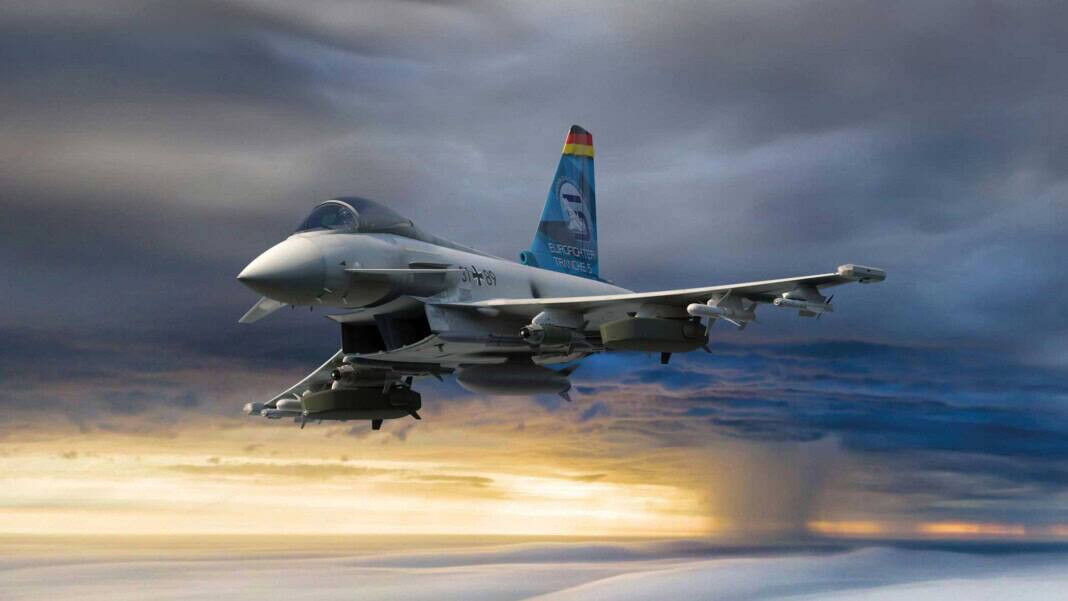
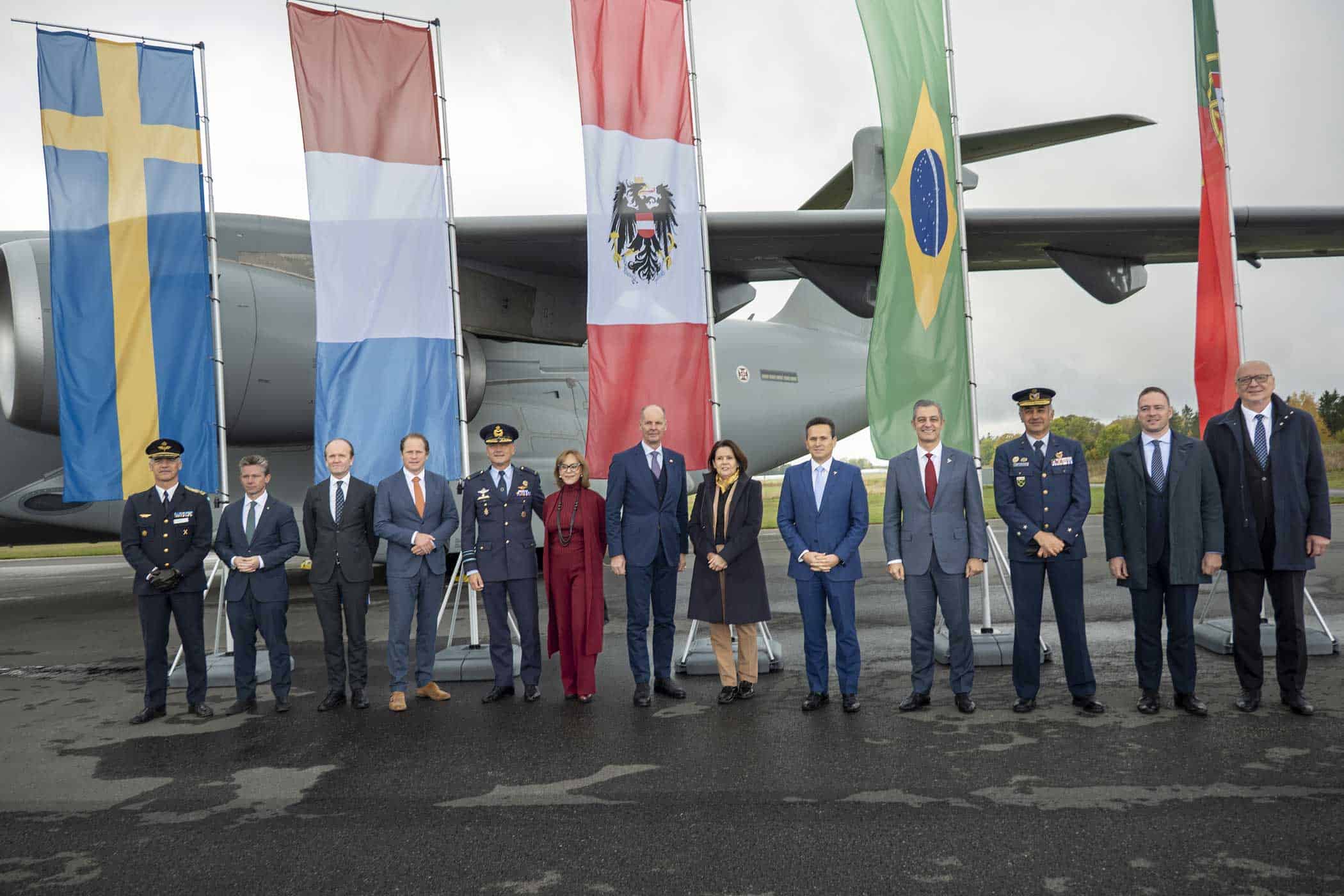 Sweden orders four Embraer C-390 Millennium multi-role aircraft (Sweden orders four Embraer C-390 Millennium multi-role aircraft)
Sweden orders four Embraer C-390 Millennium multi-role aircraft (Sweden orders four Embraer C-390 Millennium multi-role aircraft)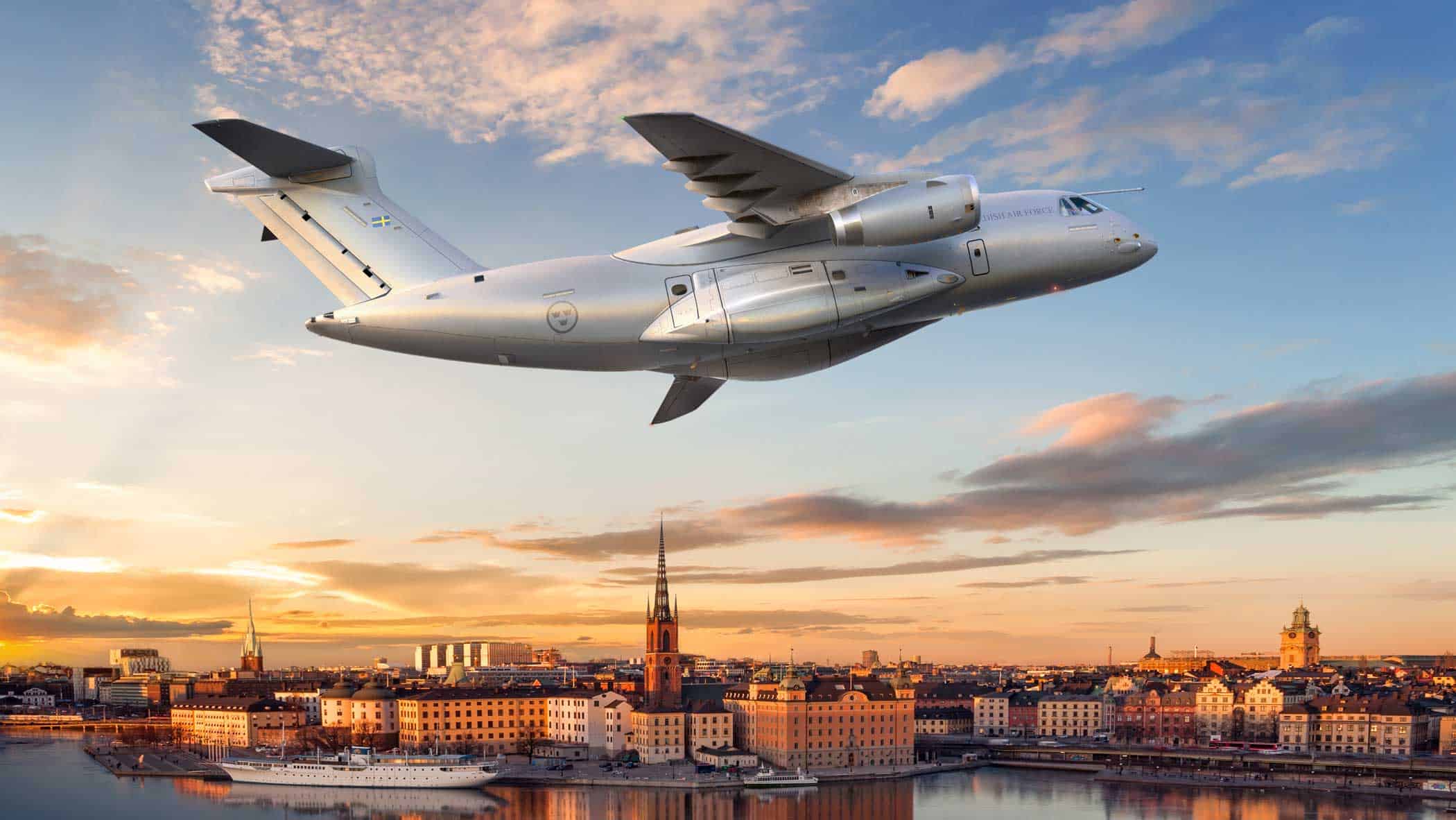 Sweden acquires Embraer C-390 aircraft for the Air Force (Sweden acquires Embraer C-390 aircraft for the Air Force)
Sweden acquires Embraer C-390 aircraft for the Air Force (Sweden acquires Embraer C-390 aircraft for the Air Force)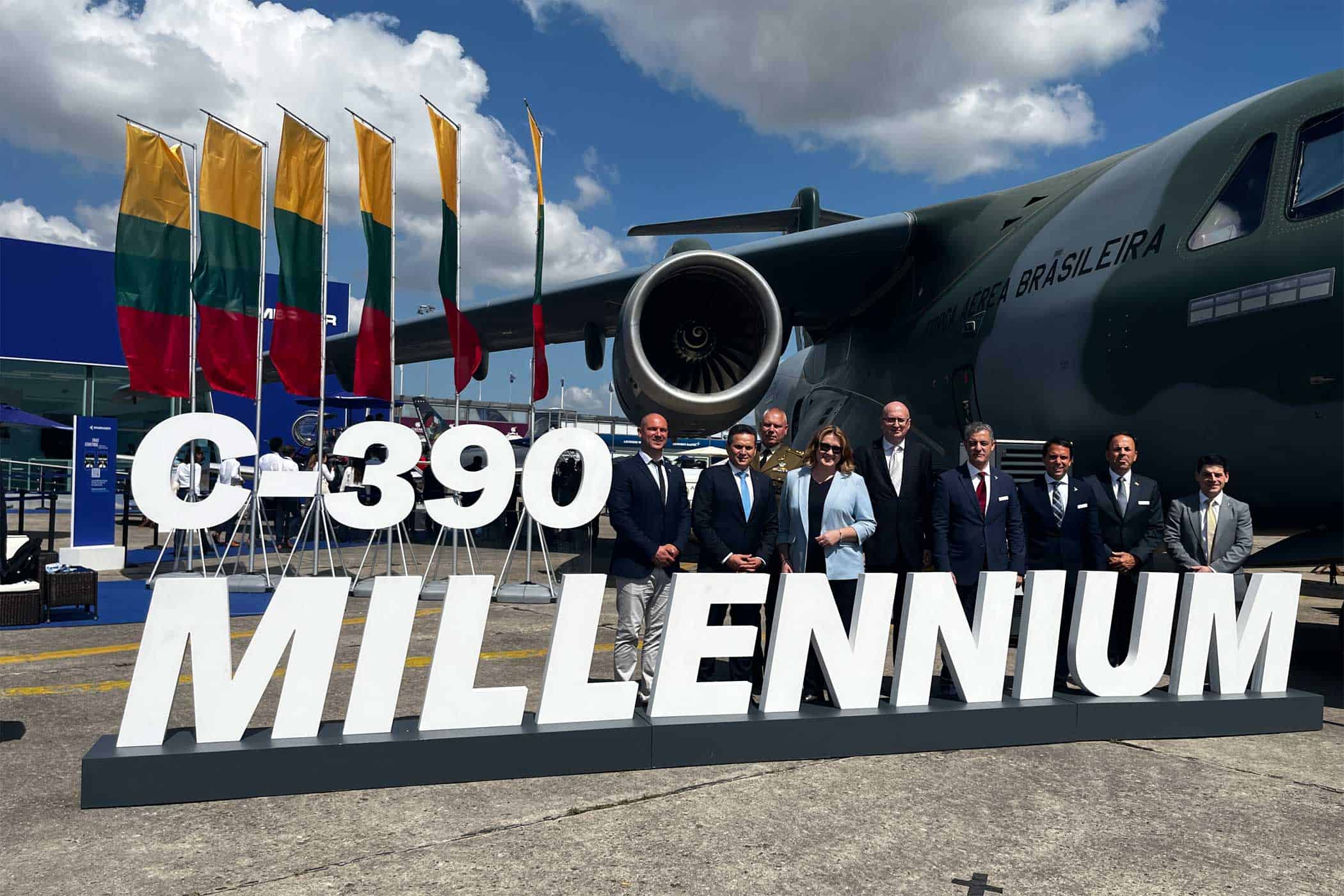 Strategic rearmament: Lithuania relies on Embraer C-390 Millennium (Strategic rearmament: Lithuania relies on Embraer C-390 Millennium)
Strategic rearmament: Lithuania relies on Embraer C-390 Millennium (Strategic rearmament: Lithuania relies on Embraer C-390 Millennium)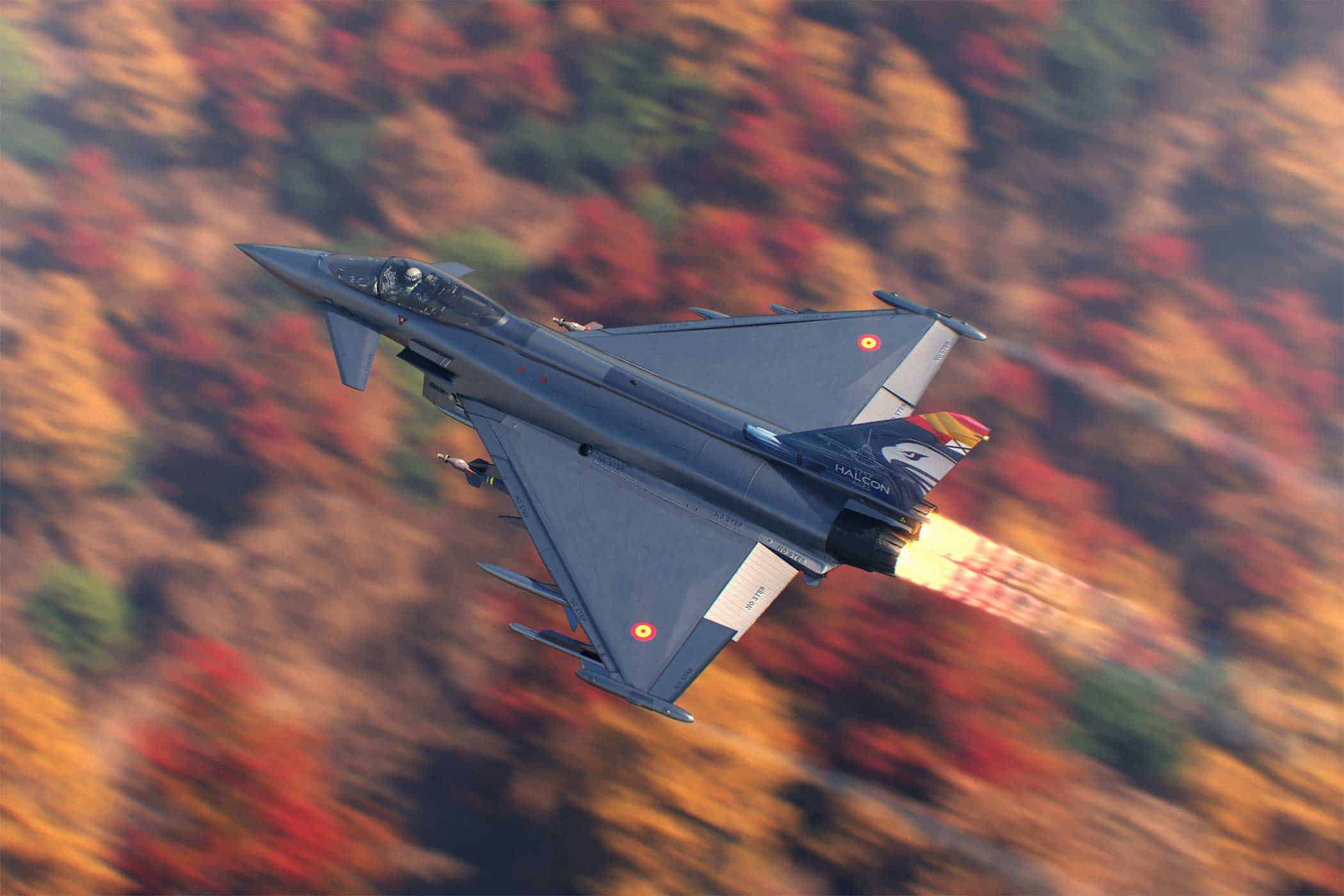 Spain strengthens Eurofighter fleet (Spain strengthens Eurofighter fleet)
Spain strengthens Eurofighter fleet (Spain strengthens Eurofighter fleet)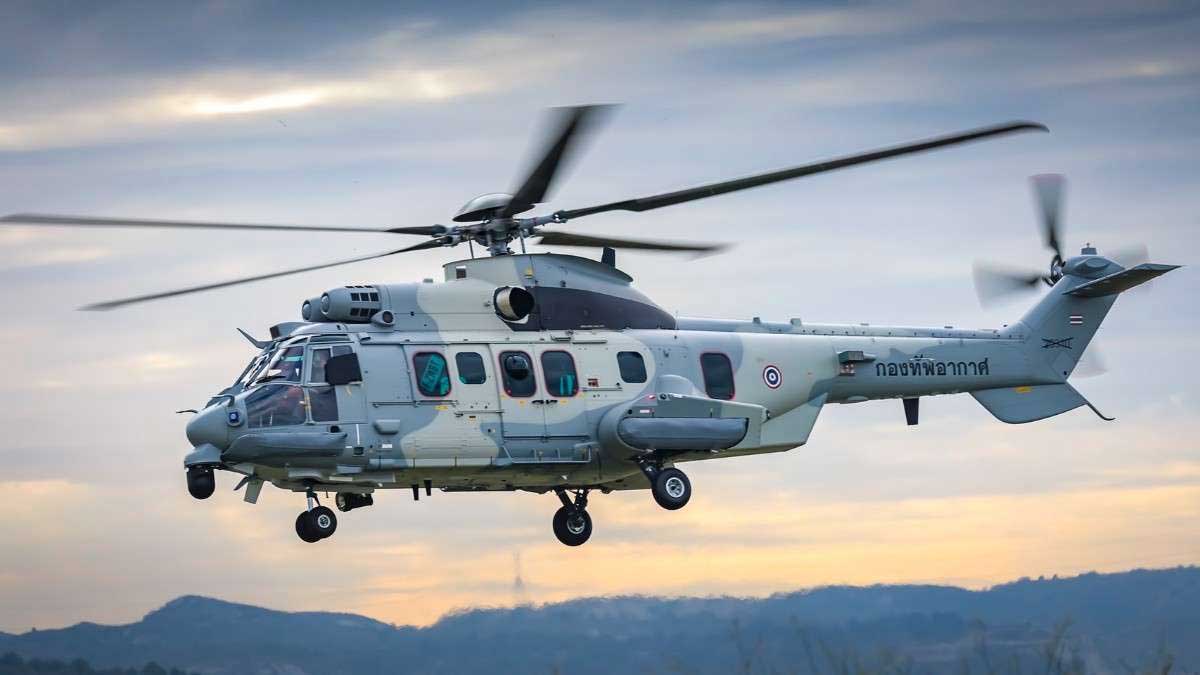 Royal Thai Air Force expands fleet with H225 multi-purpose helicopters (Royal Thai Air Force expands fleet with H225 multi-purpose helicopters)
Royal Thai Air Force expands fleet with H225 multi-purpose helicopters (Royal Thai Air Force expands fleet with H225 multi-purpose helicopters)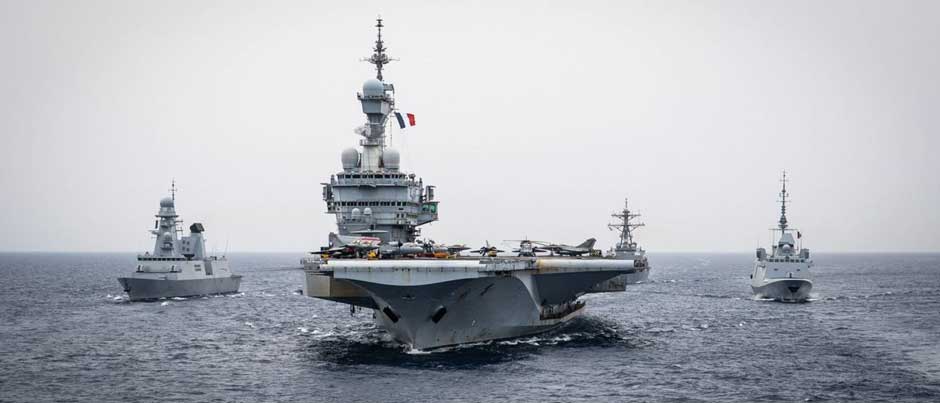 RIFAN 3: Airbus builds network for naval forces (RIFAN 3: Airbus builds network for naval forces)
RIFAN 3: Airbus builds network for naval forces (RIFAN 3: Airbus builds network for naval forces)